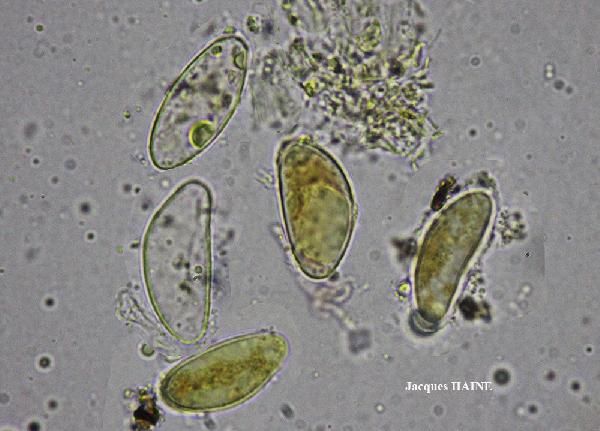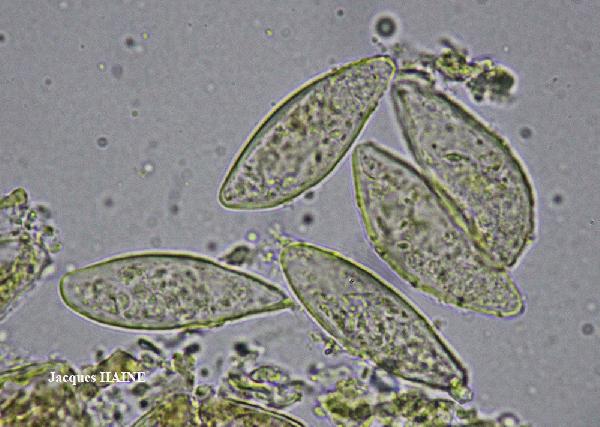Verrucaria hochstetteri Fr.
Lichenogr. Eur. Ref.: 435, 1831.
Synonyms: Amphoridium dolomiticum var. obtectum Arnold; Amphoridium hochstetteri (Fr.) A. Massal.; Amphoridium koerberi (Hepp) A. Massal.; Amphoridium obtectum (Arnold) Arnold; Verrucaria arnoldii J. Steiner?; Verrucaria dolomitica var. gibbosa Werner; Verrucaria dolomitica var. obtecta (Arnold) Zahlbr.; Verrucaria hiascens auct. non (Ach.) Spreng.; Verrucaria hochstetteri f. insculpta Zschacke; Verrucaria hochstetteri f. nivalis (Arnold) Zahlbr.; Verrucaria hochstetteri f. obtecta (Arnold) Zahlbr.; Verrucaria hochstetteri f. praecellens (Arnold) Zahlbr.; Verrucaria hochstetteri var. alpina Zschacke; Verrucaria hochstetteri var. arnoldii (J. Steiner) Clauzade & Cl. Roux?; Verrucaria hochstetteri var. obtecta (Arnold) Clauzade & Cl. Roux; Verrucaria integra auct. non (Nyl.) Nyl.; Verrucaria praecellens (Arnold) Servít
Distribution: N - VG (Piervittori & al. 2006), Frl (Breuss 2008, Cucchi & al. 2009), Ven (Tretiach & Nascimbene 2006, Nascimbene & Marini 2007, Nascimbene 2008c), TAA (Nascimbene 2003, 2008b, Nascimbene & al. 2022), Lomb, Piem (Isocrono & al. 2004), VA (Piervittori & Isocrono 1999), Lig. C - Tosc, Umb (Genovesi & Ravera 2001, Ravera & al. 2006), Abr (Nimis & Tretiach 1999, Cucchi & al. 2009, Gheza & al. 2021), Sar. S - Camp (Nimis & Tretiach 2004), Pugl (Nimis & Tretiach 1999), Bas (Nimis & Tretiach 1999), Si (Nimis & al. 1994, Grillo & al. 2007).
Description: Thallus crustose, endosubstratic, whitish to pale grey, sometimes with a reddish tinge, continuous and without cracks, not delimited by a black prothalline line. Perithecia black, immersed in pits in the rock or in wart-like swellings of the thallus, the apical part 0.4-0.7 mm wide. Involucrellum absent; exciple pear-shaped, 0.5-0.8 mm across, the wall brown throughout, K+ darker brown; hamathecium of periphyses and periphysoids, interascal filaments absent; hymenial gel hemiamyloid, I+ red (I+ blue at very low concentrations of I), K/I+ blue. Asci 8-spored, clavate, I-, fissitunicate, the wall thickened above, with an ocular chamber, dehiscent by extrusion of an endotunica to form a delicate rostrum, Verrucaria-type. Ascospores 1-celled, hyaline, ellipsoid to broadly ellipsoid, (24-)29-35(-42) x (14-)16-21(-24.5) μm, often with a distinct fine ornamentation of short, simple or branched ridges, often with a thin gelatinous perispore. Photobiont chlorococcoid. Spot tests: K-, C-, KC-, P-, UV-. Chemistry: without lichen substances.Note: a variable species found on steeply inclined surfaces of compact limestone and dolomite in sheltered situations; restricted to upland areas in Southern Italy, where sometimes it reaches the oromediterranean belt. See also Tretiach & Nascimbene (2006) and the note on V. foveolata.
Growth form: Crustose
Substrata: rocks
Photobiont: green algae other than Trentepohlia
Reproductive strategy: mainly sexual
Commonnes-rarity: (info)
Alpine belt: rather rare
Subalpine belt: rather common
Oromediterranean belt: very rare
Montane belt: rare
Submediterranean belt: very rare
Padanian area: absent
Humid submediterranean belt: extremely rare
Humid mediterranean belt: absent
Dry mediterranean belt: absent
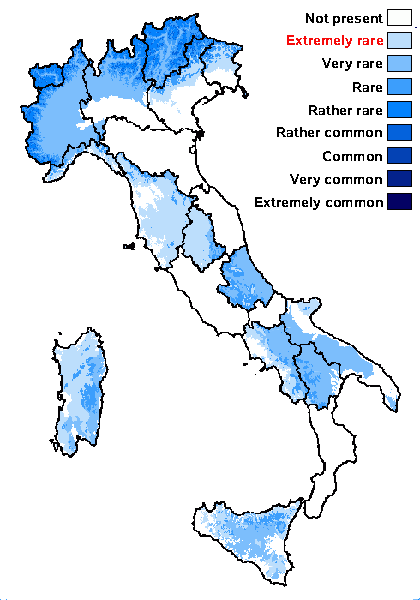
Predictive model
Herbarium samples
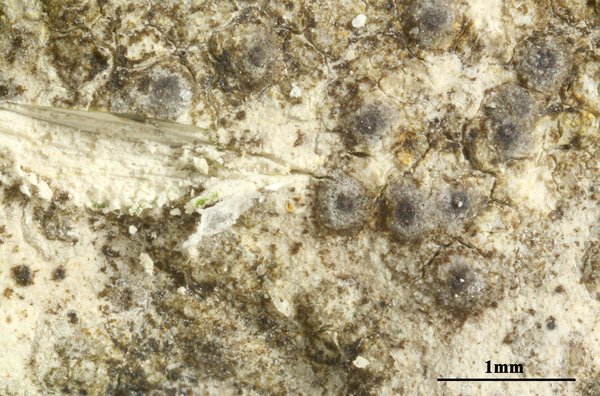
Felix Schumm - CC BY-SA 4.0
[19655], Germany, Baden-Württemberg, Ostalbkreis, auf dem Schönberg zwischen Wißgolding und Tannweiler, sonnige Wachholderheide, auf am Boden liegenden Kalksteinchen; TK 7224/4; 48°44.130’ N, 9°49.786’ E, 628 m. Leg. et det. F. Schumm 31.7.2017.


P.L. Nimis; Owner: Department of Life Sciences, University of Trieste
Herbarium: TSB (34596)
2002/01/21
v. arnoldii, with perithecia surrounded by a thalloid rim
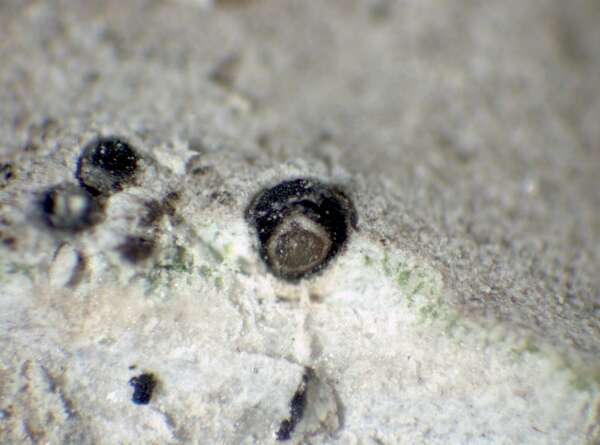

P.L. Nimis; Owner: Department of Life Sciences, University of Trieste
Herbarium: TSB (34597)
2002/01/21
v. hochstetteri, sectioned perithecium
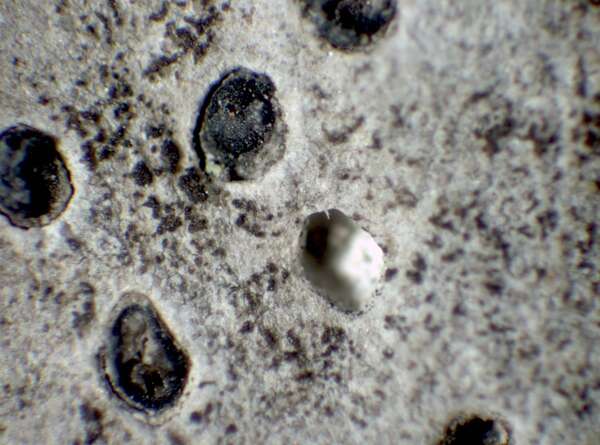

P.L. Nimis; Owner: Department of Life Sciences, University of Trieste
Herbarium: TSB (34597)
2002/01/21
v. hochstetteri
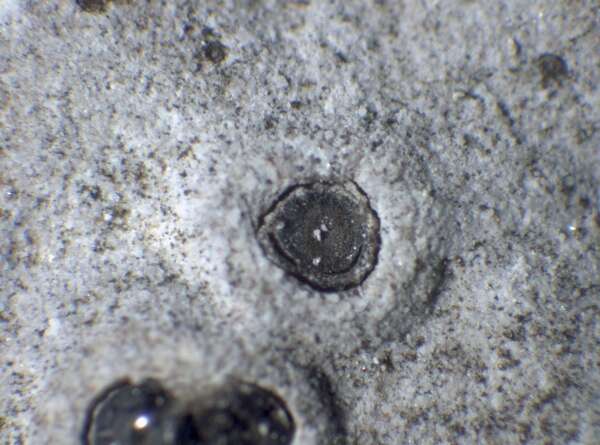

P.L. Nimis; Owner: Department of Life Sciences, University of Trieste
Herbarium: TSB (32940)
2002/02/23
v. mastoidea
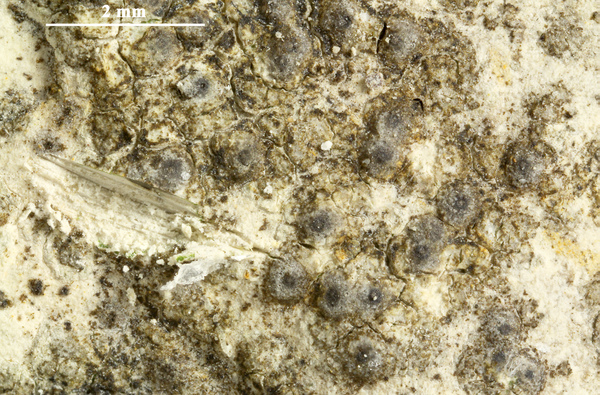
Felix Schumm - CC BY-SA 4.0
[19655], Germany, Baden-Württemberg, Ostalbkreis, auf dem Schönberg zwischen Wißgolding und Tannweiler, sonnige Wachholderheide, auf am Boden liegenden Kalksteinchen; TK 7224/4; 48°44.130’ N, 9°49.786’ E, 628 m. Leg. et det. F. Schumm 31.7.2017.
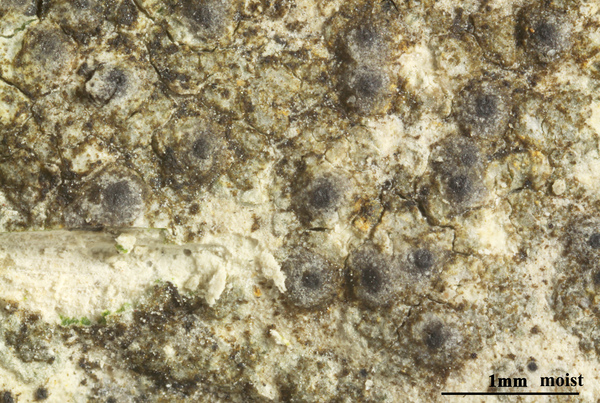
Felix Schumm - CC BY-SA 4.0
[19655], Germany, Baden-Württemberg, Ostalbkreis, auf dem Schönberg zwischen Wißgolding und Tannweiler, sonnige Wachholderheide, auf am Boden liegenden Kalksteinchen; TK 7224/4; 48°44.130’ N, 9°49.786’ E, 628 m. Leg. et det. F. Schumm 31.7.2017.
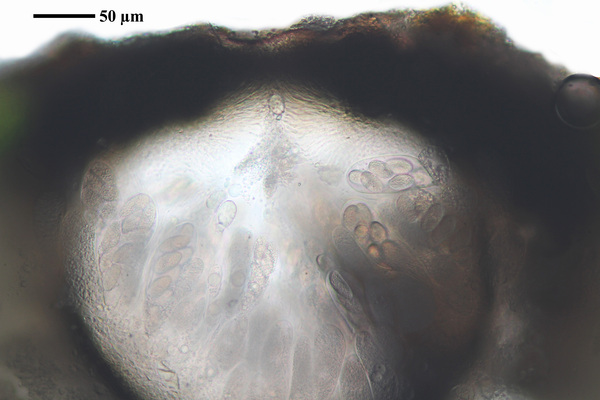
Felix Schumm - CC BY-SA 4.0
[19655], Germany, Baden-Württemberg, Ostalbkreis, auf dem Schönberg zwischen Wißgolding und Tannweiler, sonnige Wachholderheide, auf am Boden liegenden Kalksteinchen; TK 7224/4; 48°44.130’ N, 9°49.786’ E, 628 m. Leg. et det. F. Schumm 31.7.2017.
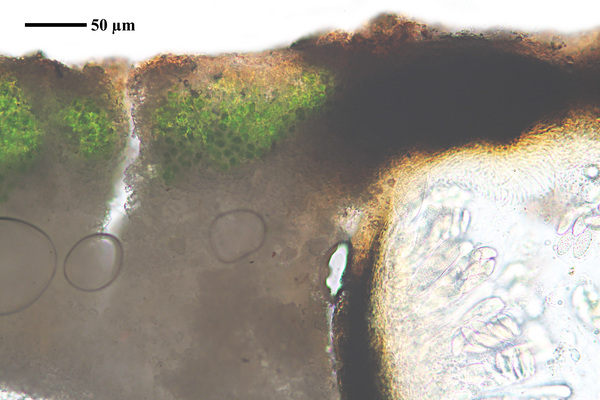
Felix Schumm - CC BY-SA 4.0
[19655], Germany, Baden-Württemberg, Ostalbkreis, auf dem Schönberg zwischen Wißgolding und Tannweiler, sonnige Wachholderheide, auf am Boden liegenden Kalksteinchen; TK 7224/4; 48°44.130’ N, 9°49.786’ E, 628 m. Leg. et det. F. Schumm 31.7.2017.
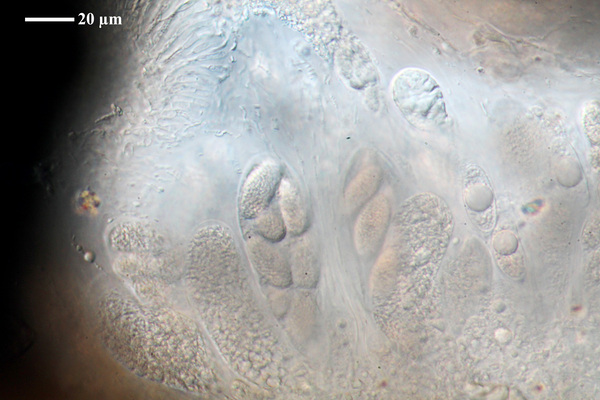
Felix Schumm - CC BY-SA 4.0
[19655], Germany, Baden-Württemberg, Ostalbkreis, auf dem Schönberg zwischen Wißgolding und Tannweiler, sonnige Wachholderheide, auf am Boden liegenden Kalksteinchen; TK 7224/4; 48°44.130’ N, 9°49.786’ E, 628 m. Leg. et det. F. Schumm 31.7.2017.
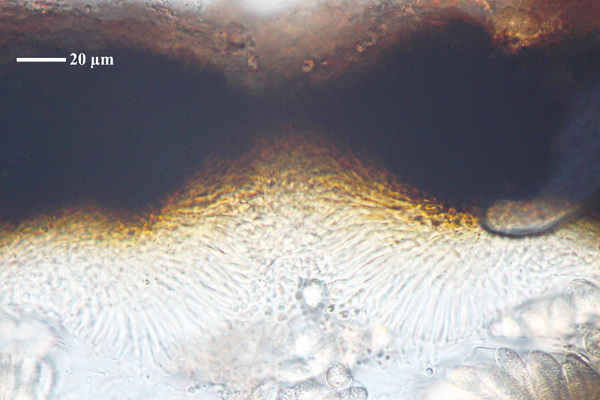
Felix Schumm - CC BY-SA 4.0
[19655], Germany, Baden-Württemberg, Ostalbkreis, auf dem Schönberg zwischen Wißgolding und Tannweiler, sonnige Wachholderheide, auf am Boden liegenden Kalksteinchen; TK 7224/4; 48°44.130’ N, 9°49.786’ E, 628 m. Leg. et det. F. Schumm 31.7.2017.
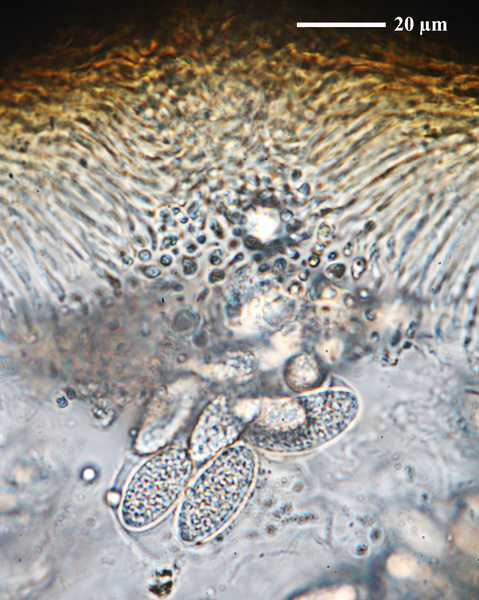
Felix Schumm - CC BY-SA 4.0
[19655], Germany, Baden-Württemberg, Ostalbkreis, auf dem Schönberg zwischen Wißgolding und Tannweiler, sonnige Wachholderheide, auf am Boden liegenden Kalksteinchen; TK 7224/4; 48°44.130’ N, 9°49.786’ E, 628 m. Leg. et det. F. Schumm 31.7.2017.

Zschacke, H. (1934) Epigloeaceae, Verrucariaceae und Dermatocarpaceae. In: Dr. L. Rabenhorst‘s Kryptogamen-Flora, Band 9, Abt. 1, Teil 1. Akademische Verlagsgesellschaft, Leipzig, 695 pp. - Public Domain
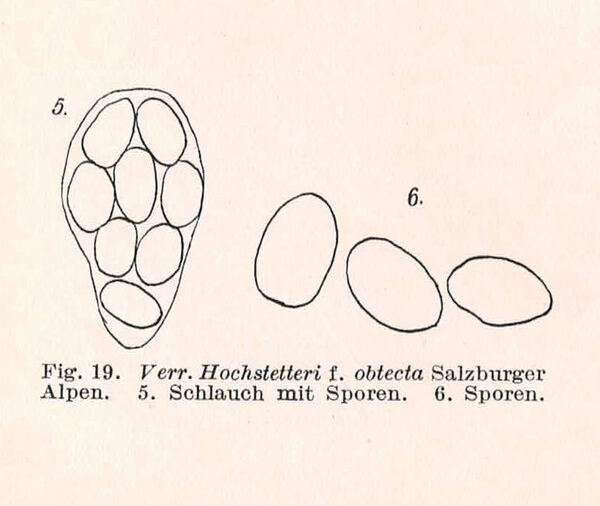
Zschacke, H. (1934) Epigloeaceae, Verrucariaceae und Dermatocarpaceae. In: Dr. L. Rabenhorst‘s Kryptogamen-Flora, Band 9, Abt. 1, Teil 1. Akademische Verlagsgesellschaft, Leipzig, 695 pp. - Public Domain
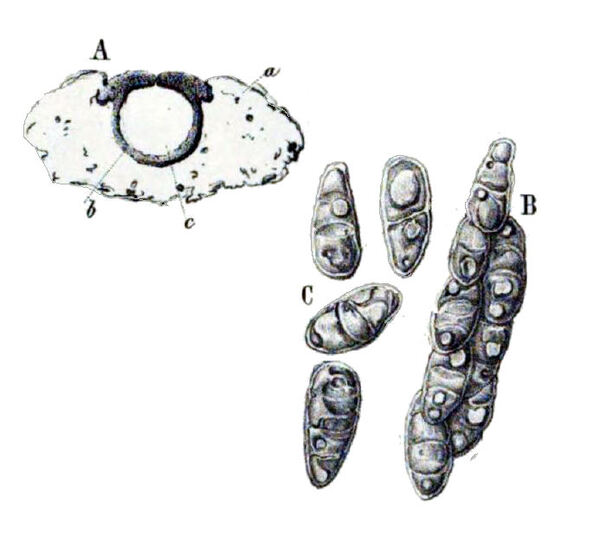
G. Gibelli, in S. Garovaglio, 1865 Tentamen Dispositionis Methodicae Lichenum In Longobardia Nascentium. Mediolanum
as Verrucaria cryptarum var. hiascens
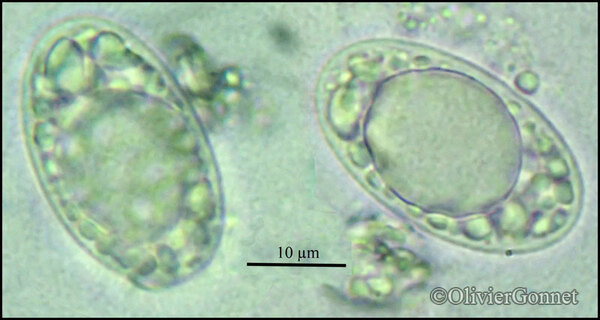
Courtesy Danièle et Olivier Gonnet - Source: https://www.afl-lichenologie.fr/Photos_AFL/Photos_AFL_V/Verrucaria_hochstetteri.htm
France, session AFL 2015 - Saint-Sozy - Lot
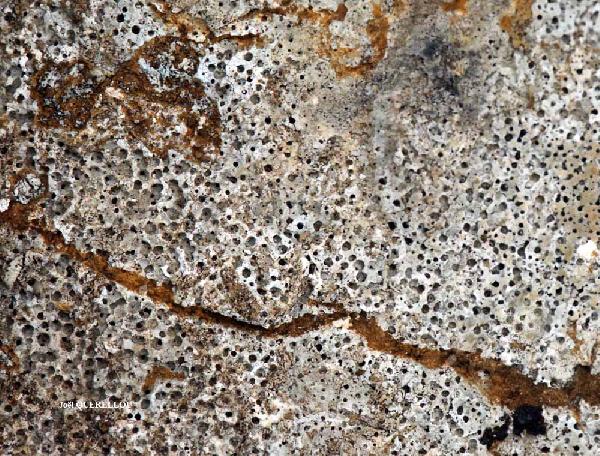
Joël Querellou - Source: http://www.lichensmaritimes.org/index.php?task=fiche&lichen=632&lang=en
France, Aber, Four à chaux
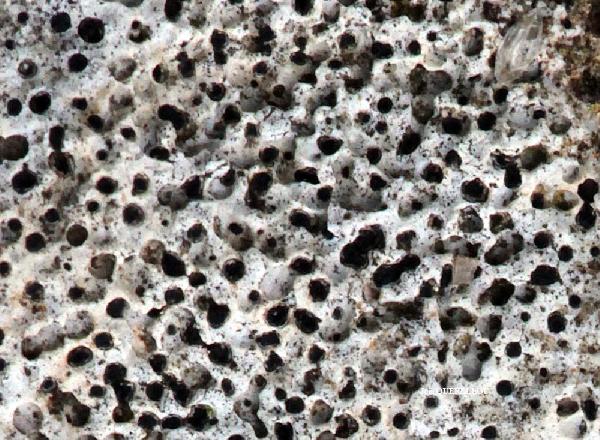
Joël Querellou - Source: http://www.lichensmaritimes.org/index.php?task=fiche&lichen=632&lang=en
France, Aber, Four à chaux

Joël Querellou - Source: http://www.lichensmaritimes.org/index.php?task=fiche&lichen=632&lang=en
France, Aber, Four à chaux
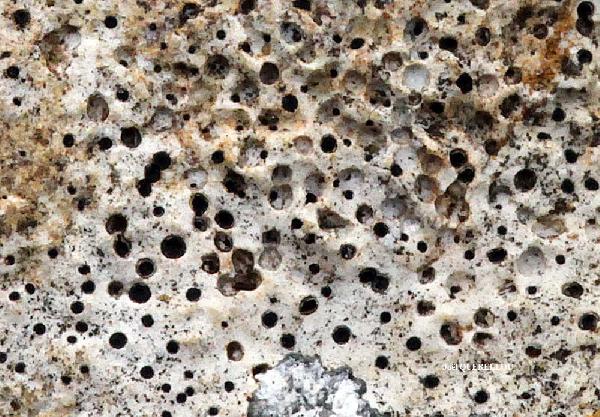
Joël Querellou - Source: http://www.lichensmaritimes.org/index.php?task=fiche&lichen=632&lang=en
France, Aber, Four à chaux
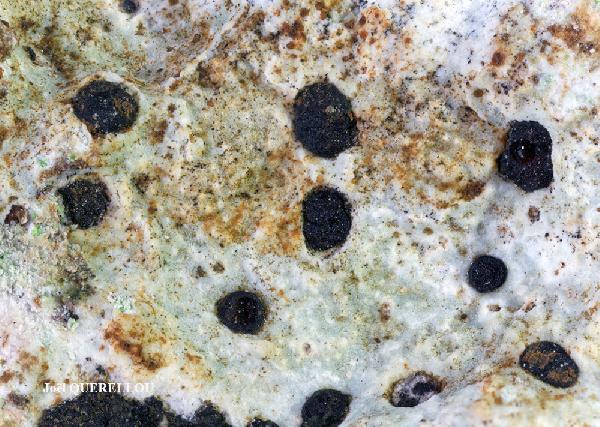
Joël Querellou - Source: http://www.lichensmaritimes.org/index.php?task=fiche&lichen=632&lang=en
France, Claix Legs

Joël Querellou - Source: http://www.lichensmaritimes.org/index.php?task=fiche&lichen=632&lang=en
France, Claix Legs
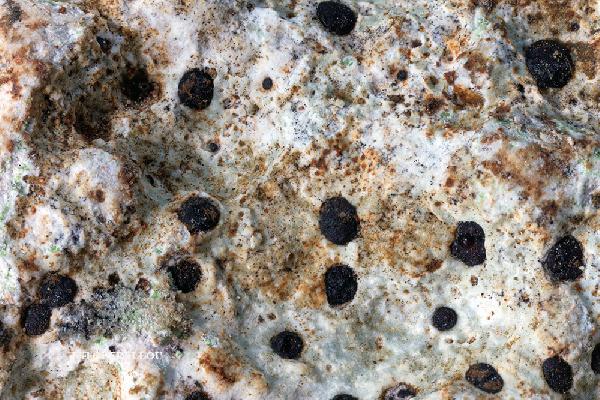
Joël Querellou - Source: http://www.lichensmaritimes.org/index.php?task=fiche&lichen=632&lang=en
France, Claix Legs

Jacques Haine - Source: http://www.lichensmaritimes.org/index.php?task=fiche&lichen=632&lang=en
France, Mercantour
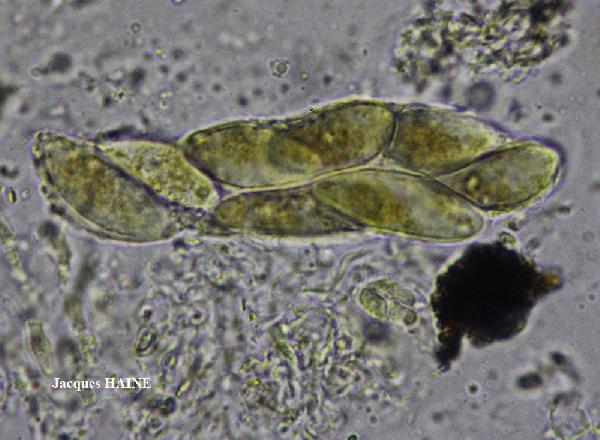
Jacques Haine - Source: http://www.lichensmaritimes.org/index.php?task=fiche&lichen=632&lang=en
France, Mercantour
Growth form: Crustose
Substrata: rocks
Photobiont: green algae other than Trentepohlia
Reproductive strategy: mainly sexual
Commonnes-rarity: (info)
Alpine belt: rather rare
Subalpine belt: rather common
Oromediterranean belt: very rare
Montane belt: rare
Submediterranean belt: very rare
Padanian area: absent
Humid submediterranean belt: extremely rare
Humid mediterranean belt: absent
Dry mediterranean belt: absent

Predictive model
| Herbarium samples |

Felix Schumm - CC BY-SA 4.0
[19655], Germany, Baden-Württemberg, Ostalbkreis, auf dem Schönberg zwischen Wißgolding und Tannweiler, sonnige Wachholderheide, auf am Boden liegenden Kalksteinchen; TK 7224/4; 48°44.130’ N, 9°49.786’ E, 628 m. Leg. et det. F. Schumm 31.7.2017.


P.L. Nimis; Owner: Department of Life Sciences, University of Trieste
Herbarium: TSB (34596)
2002/01/21
v. arnoldii, with perithecia surrounded by a thalloid rim


P.L. Nimis; Owner: Department of Life Sciences, University of Trieste
Herbarium: TSB (34597)
2002/01/21
v. hochstetteri, sectioned perithecium


P.L. Nimis; Owner: Department of Life Sciences, University of Trieste
Herbarium: TSB (34597)
2002/01/21
v. hochstetteri


P.L. Nimis; Owner: Department of Life Sciences, University of Trieste
Herbarium: TSB (32940)
2002/02/23
v. mastoidea

Felix Schumm - CC BY-SA 4.0
[19655], Germany, Baden-Württemberg, Ostalbkreis, auf dem Schönberg zwischen Wißgolding und Tannweiler, sonnige Wachholderheide, auf am Boden liegenden Kalksteinchen; TK 7224/4; 48°44.130’ N, 9°49.786’ E, 628 m. Leg. et det. F. Schumm 31.7.2017.

Felix Schumm - CC BY-SA 4.0
[19655], Germany, Baden-Württemberg, Ostalbkreis, auf dem Schönberg zwischen Wißgolding und Tannweiler, sonnige Wachholderheide, auf am Boden liegenden Kalksteinchen; TK 7224/4; 48°44.130’ N, 9°49.786’ E, 628 m. Leg. et det. F. Schumm 31.7.2017.

Felix Schumm - CC BY-SA 4.0
[19655], Germany, Baden-Württemberg, Ostalbkreis, auf dem Schönberg zwischen Wißgolding und Tannweiler, sonnige Wachholderheide, auf am Boden liegenden Kalksteinchen; TK 7224/4; 48°44.130’ N, 9°49.786’ E, 628 m. Leg. et det. F. Schumm 31.7.2017.

Felix Schumm - CC BY-SA 4.0
[19655], Germany, Baden-Württemberg, Ostalbkreis, auf dem Schönberg zwischen Wißgolding und Tannweiler, sonnige Wachholderheide, auf am Boden liegenden Kalksteinchen; TK 7224/4; 48°44.130’ N, 9°49.786’ E, 628 m. Leg. et det. F. Schumm 31.7.2017.

Felix Schumm - CC BY-SA 4.0
[19655], Germany, Baden-Württemberg, Ostalbkreis, auf dem Schönberg zwischen Wißgolding und Tannweiler, sonnige Wachholderheide, auf am Boden liegenden Kalksteinchen; TK 7224/4; 48°44.130’ N, 9°49.786’ E, 628 m. Leg. et det. F. Schumm 31.7.2017.

Felix Schumm - CC BY-SA 4.0
[19655], Germany, Baden-Württemberg, Ostalbkreis, auf dem Schönberg zwischen Wißgolding und Tannweiler, sonnige Wachholderheide, auf am Boden liegenden Kalksteinchen; TK 7224/4; 48°44.130’ N, 9°49.786’ E, 628 m. Leg. et det. F. Schumm 31.7.2017.

Felix Schumm - CC BY-SA 4.0
[19655], Germany, Baden-Württemberg, Ostalbkreis, auf dem Schönberg zwischen Wißgolding und Tannweiler, sonnige Wachholderheide, auf am Boden liegenden Kalksteinchen; TK 7224/4; 48°44.130’ N, 9°49.786’ E, 628 m. Leg. et det. F. Schumm 31.7.2017.

Zschacke, H. (1934) Epigloeaceae, Verrucariaceae und Dermatocarpaceae. In: Dr. L. Rabenhorst‘s Kryptogamen-Flora, Band 9, Abt. 1, Teil 1. Akademische Verlagsgesellschaft, Leipzig, 695 pp. - Public Domain

Zschacke, H. (1934) Epigloeaceae, Verrucariaceae und Dermatocarpaceae. In: Dr. L. Rabenhorst‘s Kryptogamen-Flora, Band 9, Abt. 1, Teil 1. Akademische Verlagsgesellschaft, Leipzig, 695 pp. - Public Domain

G. Gibelli, in S. Garovaglio, 1865 Tentamen Dispositionis Methodicae Lichenum In Longobardia Nascentium. Mediolanum
as Verrucaria cryptarum var. hiascens

Courtesy Danièle et Olivier Gonnet - Source: https://www.afl-lichenologie.fr/Photos_AFL/Photos_AFL_V/Verrucaria_hochstetteri.htm
France, session AFL 2015 - Saint-Sozy - Lot

Joël Querellou - Source: http://www.lichensmaritimes.org/index.php?task=fiche&lichen=632&lang=en
France, Aber, Four à chaux

Joël Querellou - Source: http://www.lichensmaritimes.org/index.php?task=fiche&lichen=632&lang=en
France, Aber, Four à chaux

Joël Querellou - Source: http://www.lichensmaritimes.org/index.php?task=fiche&lichen=632&lang=en
France, Aber, Four à chaux

Joël Querellou - Source: http://www.lichensmaritimes.org/index.php?task=fiche&lichen=632&lang=en
France, Aber, Four à chaux

Joël Querellou - Source: http://www.lichensmaritimes.org/index.php?task=fiche&lichen=632&lang=en
France, Claix Legs

Joël Querellou - Source: http://www.lichensmaritimes.org/index.php?task=fiche&lichen=632&lang=en
France, Claix Legs

Joël Querellou - Source: http://www.lichensmaritimes.org/index.php?task=fiche&lichen=632&lang=en
France, Claix Legs

Jacques Haine - Source: http://www.lichensmaritimes.org/index.php?task=fiche&lichen=632&lang=en
France, Mercantour

 INDEX FUNGORUM
INDEX FUNGORUM
 GBIF
GBIF
 DOLICHENS
DOLICHENS
